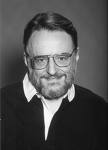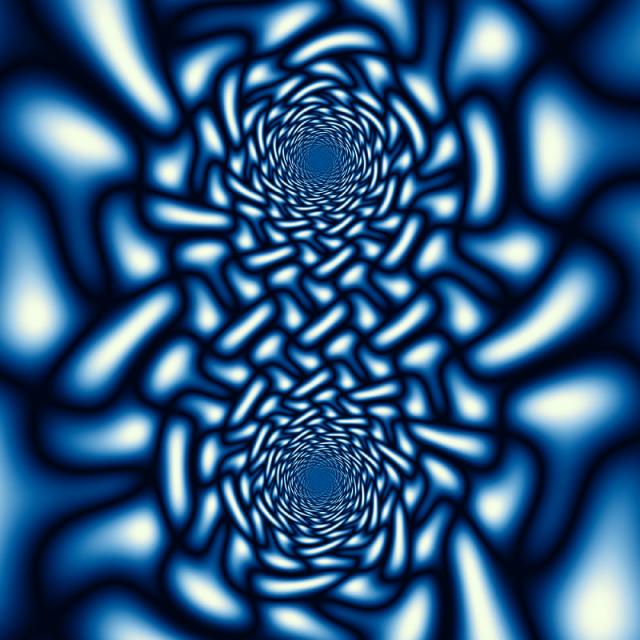|

John Horton Conway
|
|
John H. Conway
From Topology to Symmetry
A description of the talk:
It is well known that the symmetries of repeating
patterns in the Euclidean plane belong to just one
of 17 groups. Less well-known are the corresponding
enumerations for frieze patterns (7 types) and
patterns
on the sphere (7 particular groups + 7 infinite
series) and the hyperbolic plane, which supports a
multiple infinity of groups. I shall describe some
of
these,
and perhaps say something about the corresponding
enumerations in 3 and more dimensions.
A description of the speaker:
John Horton Conway is one of the world's most celebrated and prolific mathematicians. His contributions span through many fields, including finite group theory, knot theory, number theory, and coding theory. His work in combinatorial game theory and cellular automata include not only major advances in those fields but also popular works on games and his Game of Life automaton, the latter of which appeared in the Scientific American in 1970 and is now a popular animation on the web.
Born December 26, 1937 in Liverpool, England, Conway studied mathematics at Cambridge, where he started research under Harold Davenport. He has held positions at CalTech, the University of Illinois in Chicago and the University of Pennsylvania. Conway is currently a John von Neumann Professor at Princeton University. He has received numerous awards and recognitions, such as the Junior Berwick Prize (1975), the first Polya Prize of the London Mathematical Society (1987), the Frederic Esser Nemmers Prize in Mathematics (1998), and the American Mathematical Society Steel Prize (2000). He was elected a Fellow of the Royal Society in 1981.
|

